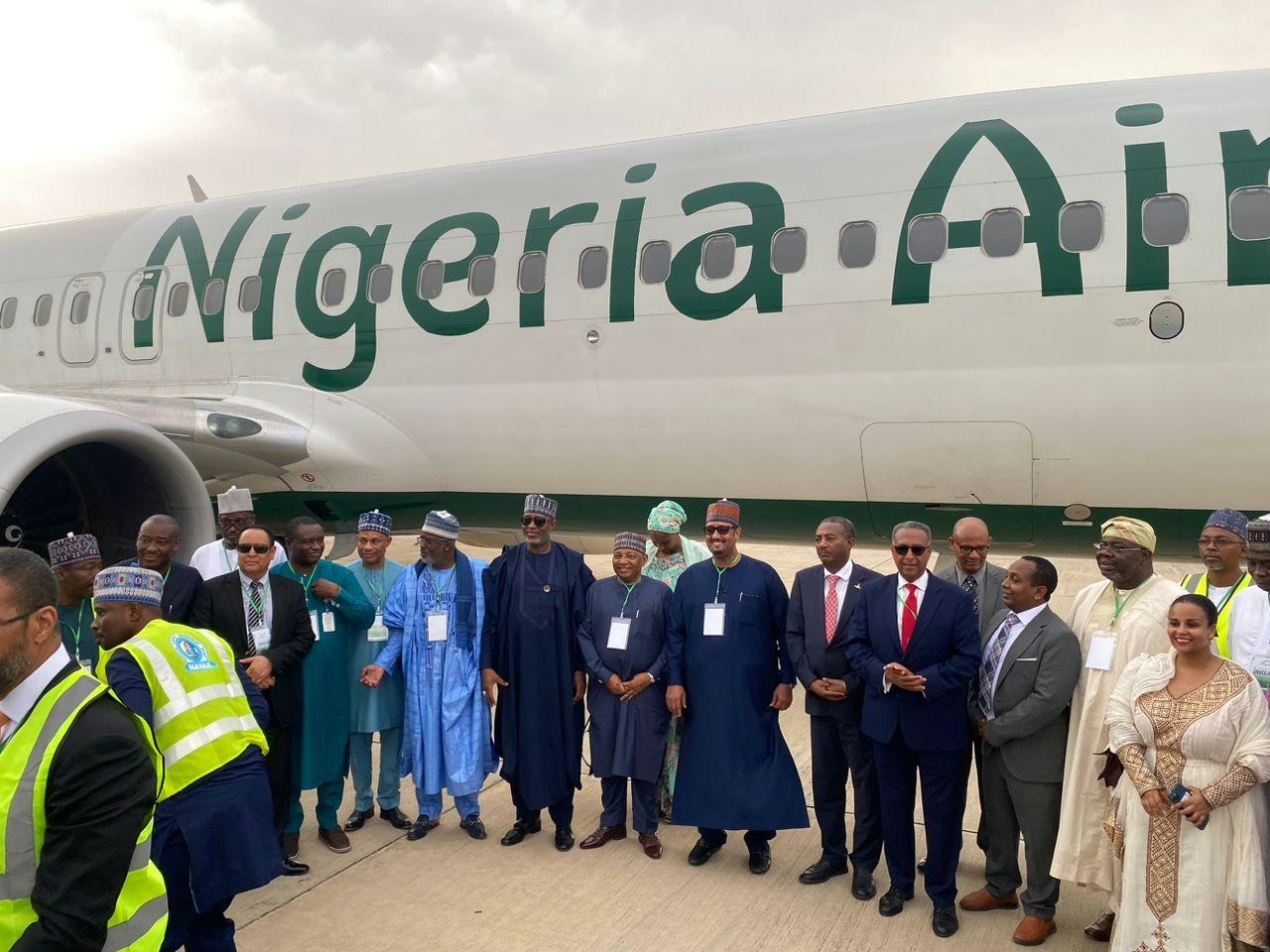
Smarter email, faster business. Auto-tag, parse, and respond to RFQs, quotes, orders, and more — instantly.
Trending
Airbus Reports May Orders Stall and Decline in Deliveries, Backlog Remains Strong
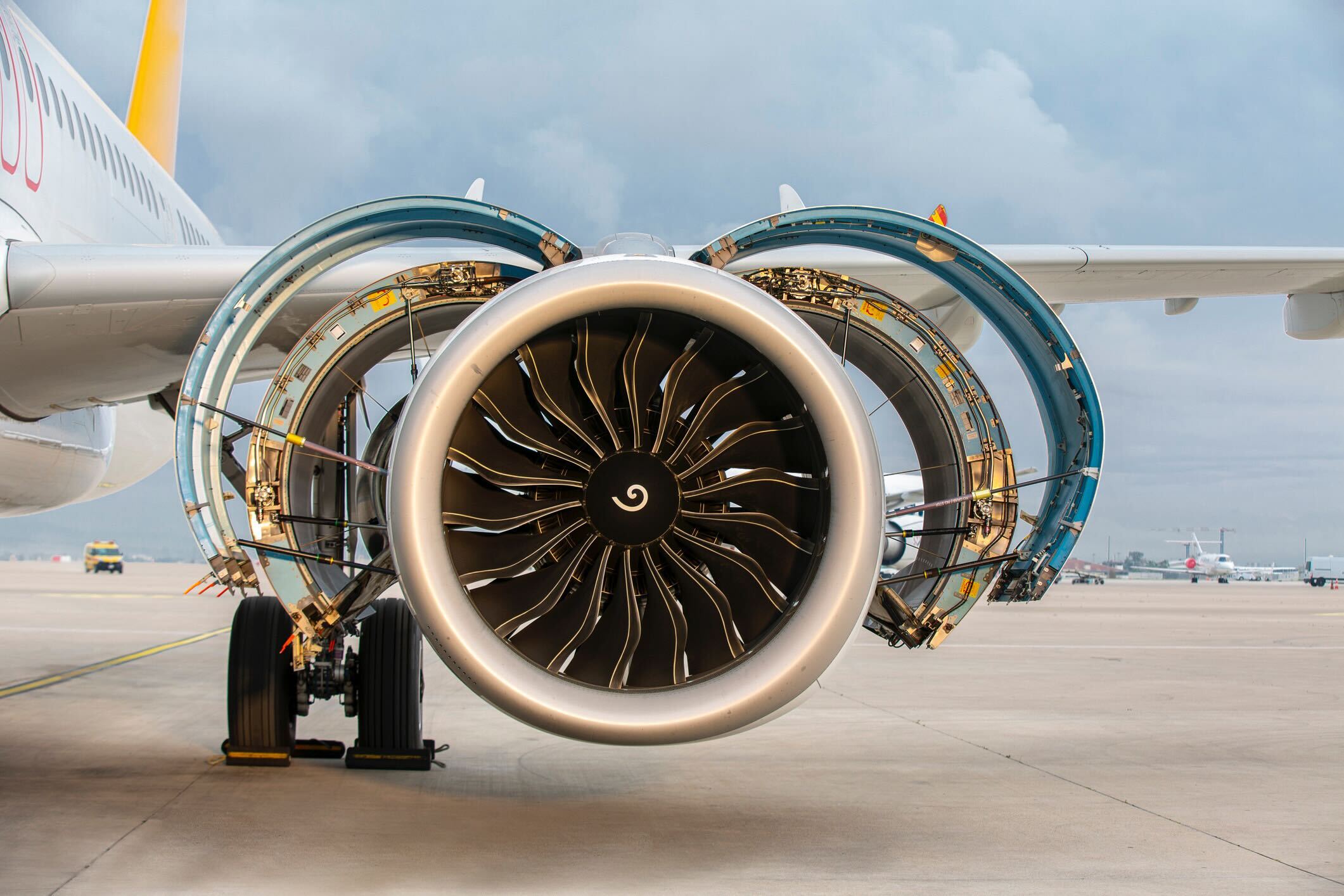
Airbus Reports May Orders Stall and Decline in Deliveries, Backlog Remains Strong
Delivery Challenges Amid Supply Chain Constraints
European aerospace giant Airbus SE continues to grapple with significant challenges in scaling up aircraft deliveries, hindered by persistent engine shortages and broader supply chain disruptions. In May, the company delivered 51 aircraft, representing a 4% decrease compared to the 53 units delivered in the same month last year. This decline contributes to a year-to-date total of 243 aircraft, down 5% from the corresponding period in 2024. These figures highlight the ongoing difficulties Airbus faces in meeting production targets despite sustained demand.
Robust Backlog Reflects Enduring Market Demand
Despite the recent softness in deliveries, Airbus’s commercial aircraft order backlog remains robust, exceeding 8,600 units. This substantial pipeline underscores continued strong interest from airlines globally. By the end of the first quarter, original equipment manufacturers’ (OEMs) backlogs stabilized at approximately $53 billion, signaling resilient long-term demand even as near-term production is constrained. The sizeable backlog provides Airbus with a degree of stability amid the current operational challenges.
Outlook and Industry Implications
Airbus is under mounting pressure from airline customers requesting delays in aircraft handovers, complicating the manufacturer’s efforts to achieve a 7% year-over-year increase in deliveries and meet its full-year target of 820 aircraft. Industry analysts and investors are closely monitoring Airbus’s ability to navigate these supply chain issues, which show little sign of immediate resolution. Attention is also turning to the upcoming Paris Air Show, where new order announcements and competitor strategies are expected to shed light on the commercial aircraft market’s direction. The event will be pivotal in assessing how Airbus and its rivals are managing ongoing operational constraints while responding to evolving market demands.
While recent delivery figures have softened, Airbus’s extensive backlog offers a buffer against industry volatility. The company’s performance in the coming quarters will be critical as it strives to reconcile strong market demand with the realities of a constrained supply environment.

Data and AI Tools Are Here. Are You Ready to Use Them?

IBAC Welcomes Four New Industry Partners
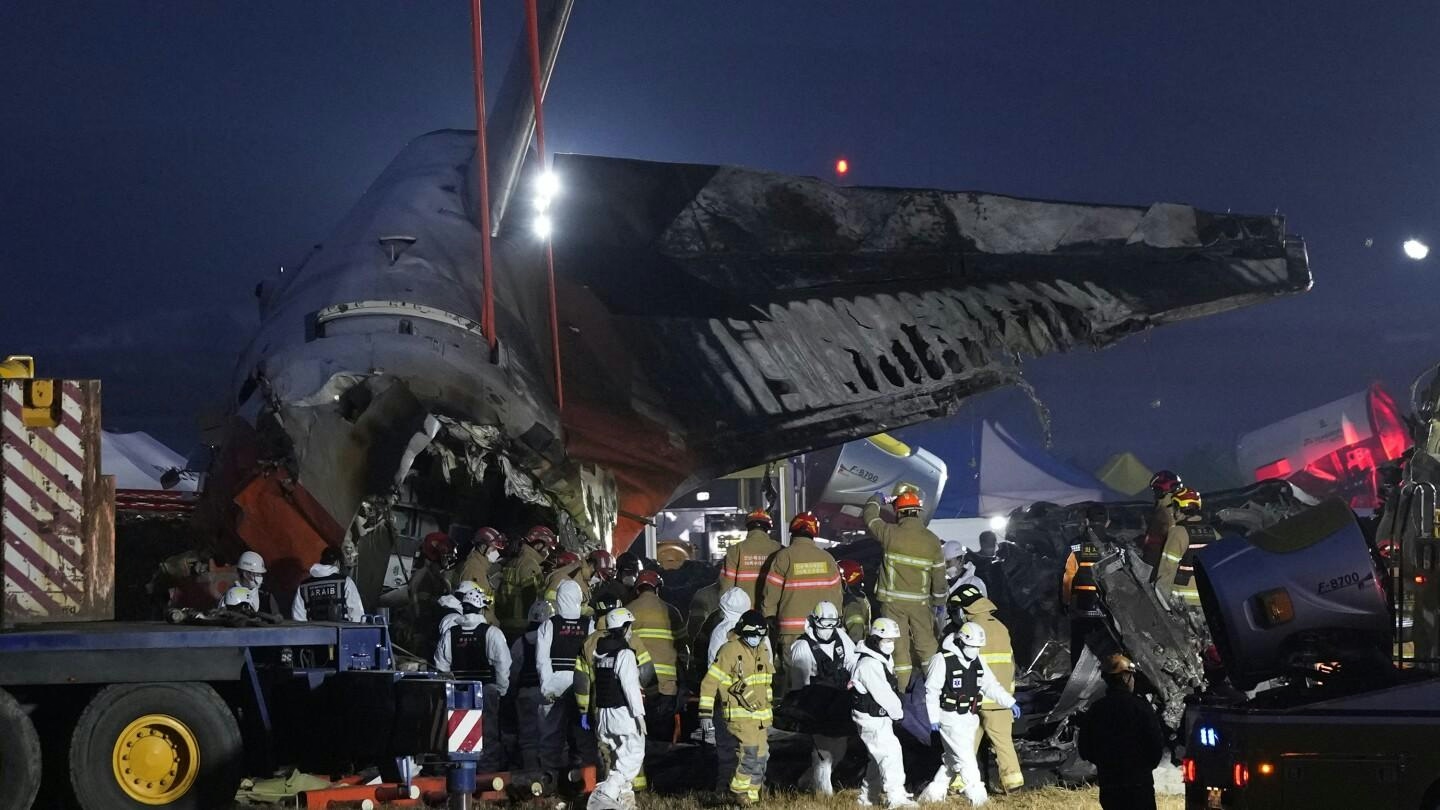
South Korea Orders Fuel Inspections on Boeing Jets Following Air India Crash Report

Etihad Orders Inspection of Fuel Systems on Boeing 787 Fleet Following Ahmedabad Crash Report
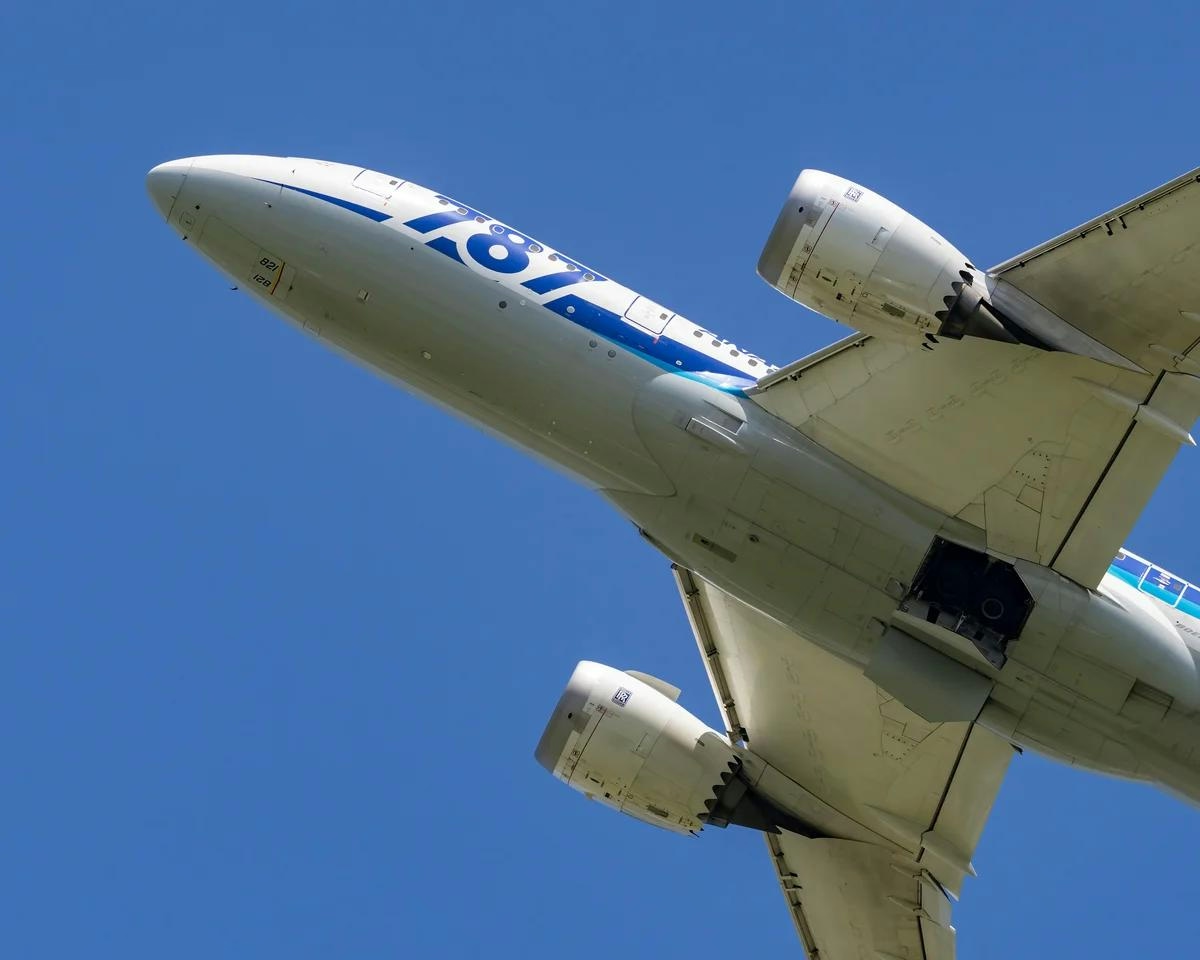
Etihad Advises Caution and Orders Inspection of Fuel Control Switches on Boeing 787s
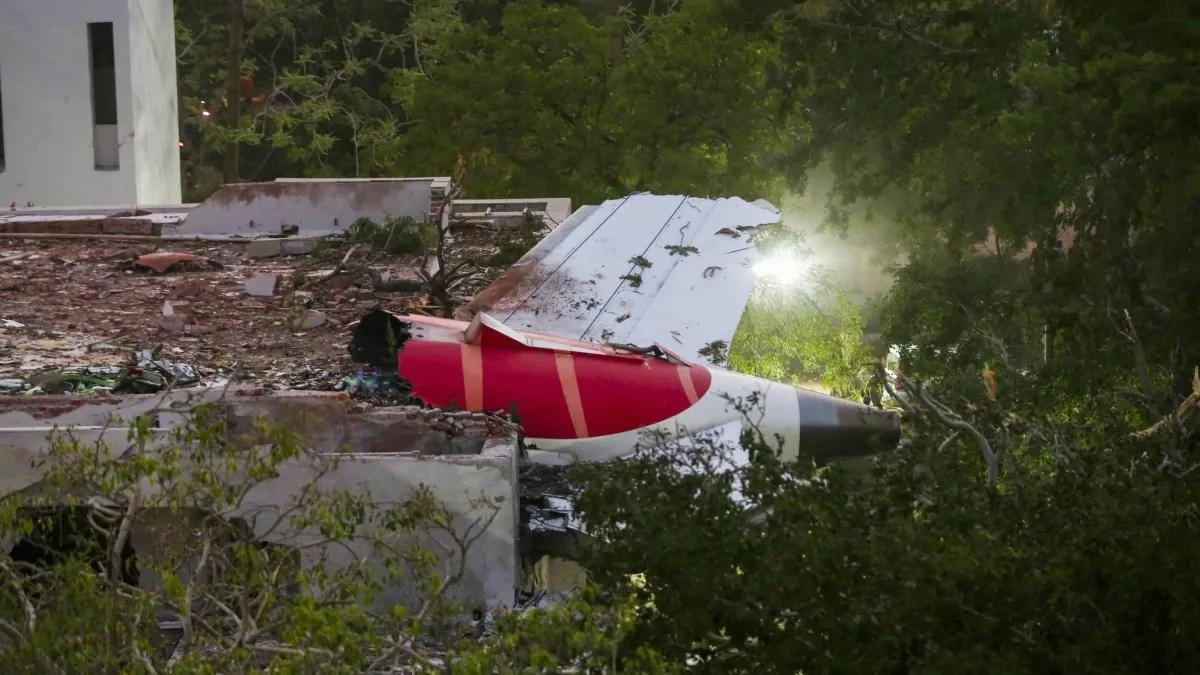
AI Replaced Throttle Control Module Twice in Boeing Plane Crash
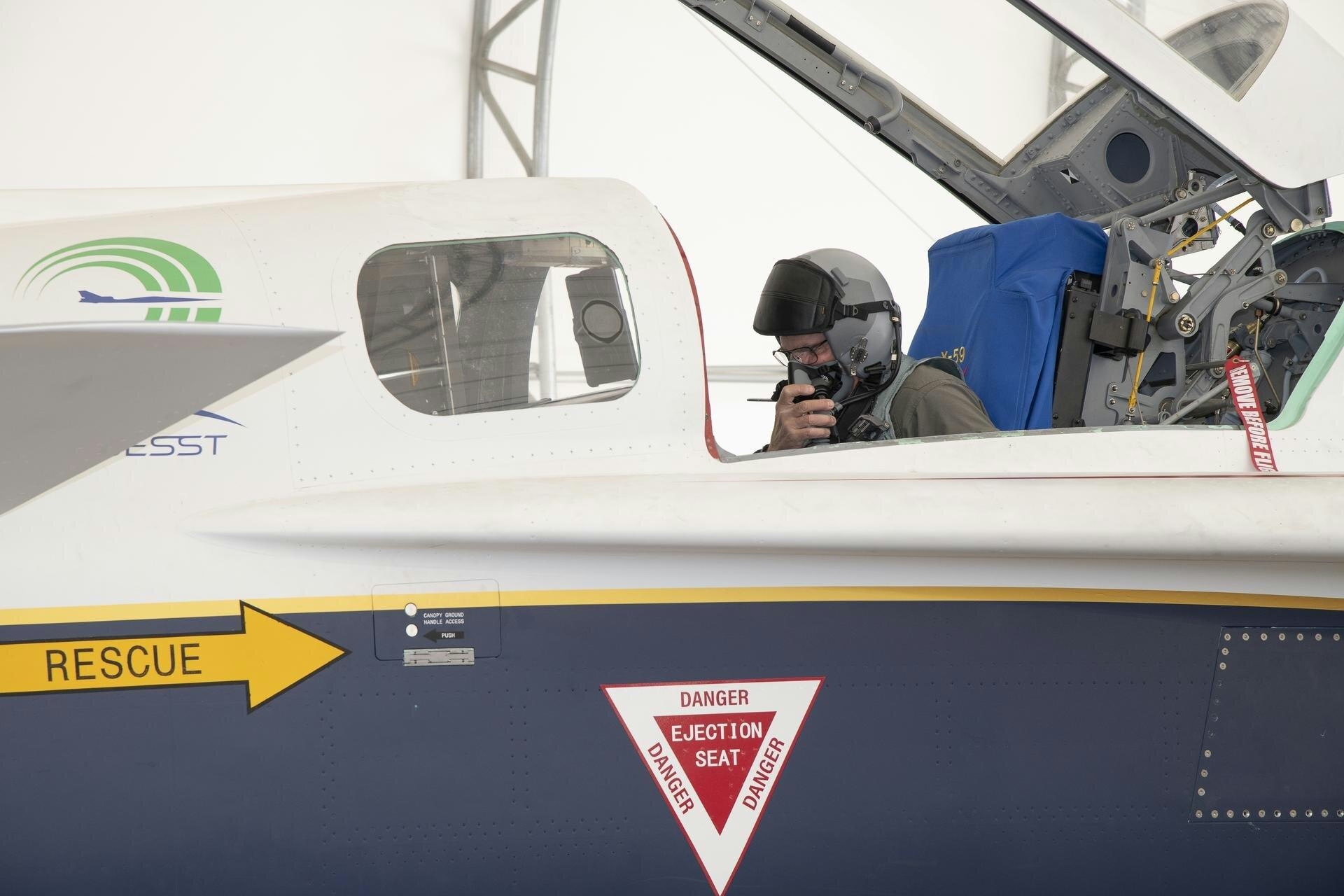
NASA's X-59 Jet Aims for Quiet Supersonic Flight at Mach 1.4
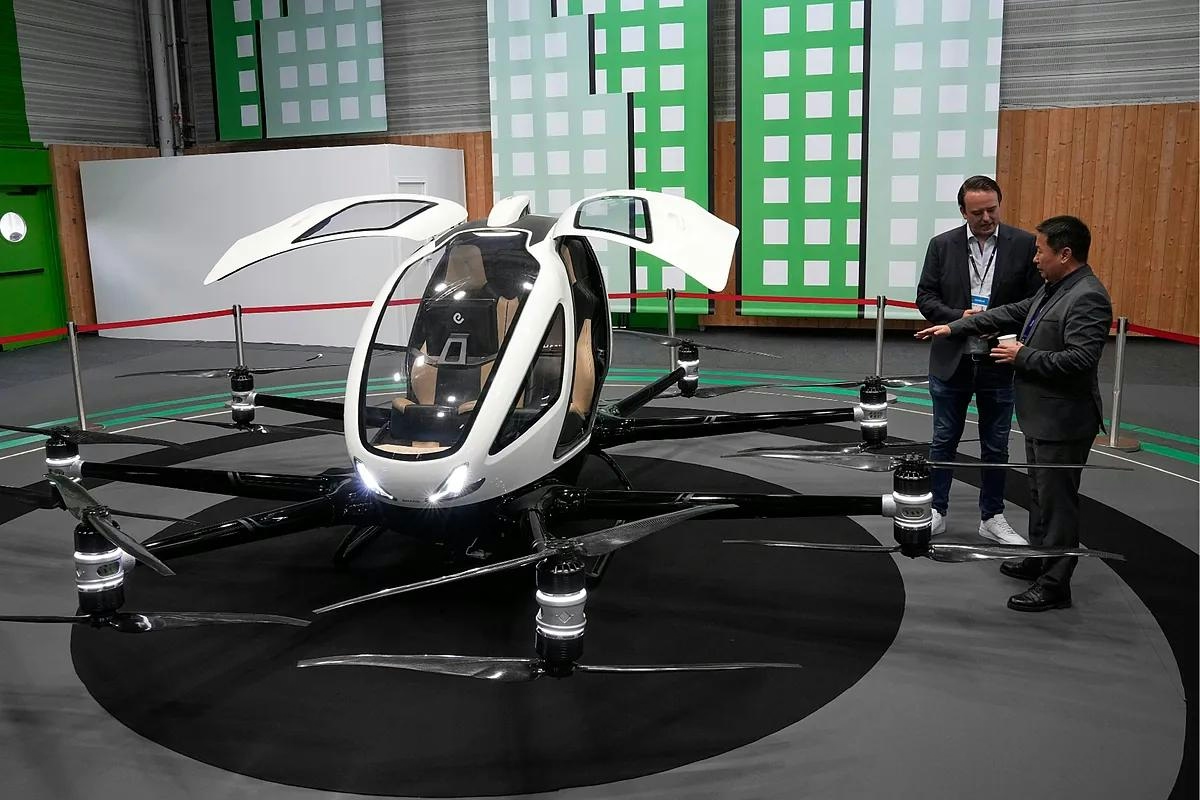
Flying Taxis Begin to Take Flight, Fulfilling Science Fiction Predictions
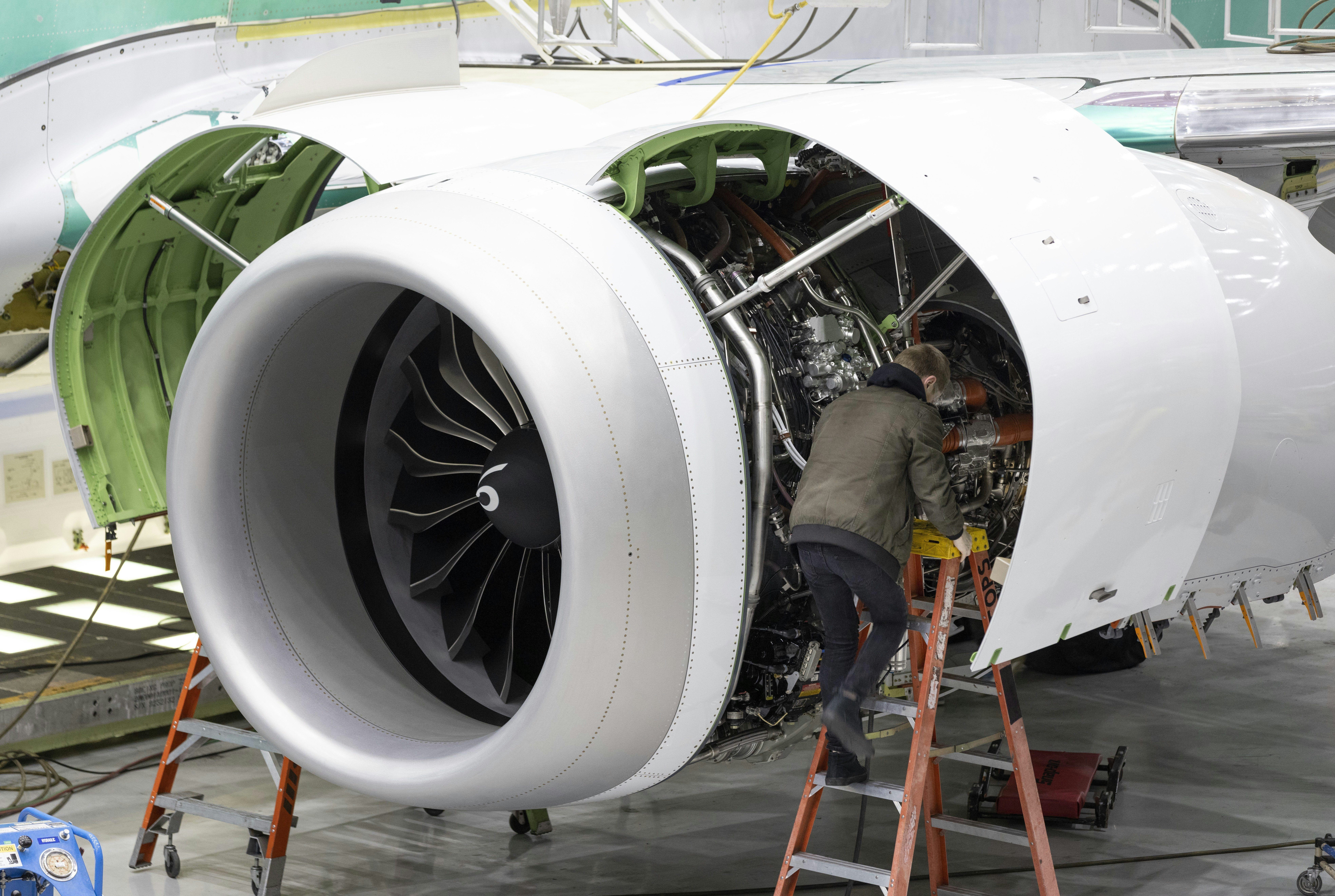
FAA Interim Report Finds No Immediate Safety Issues with Boeing 787-8 in Air India Crash
